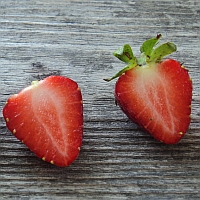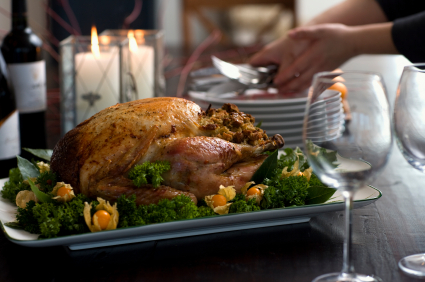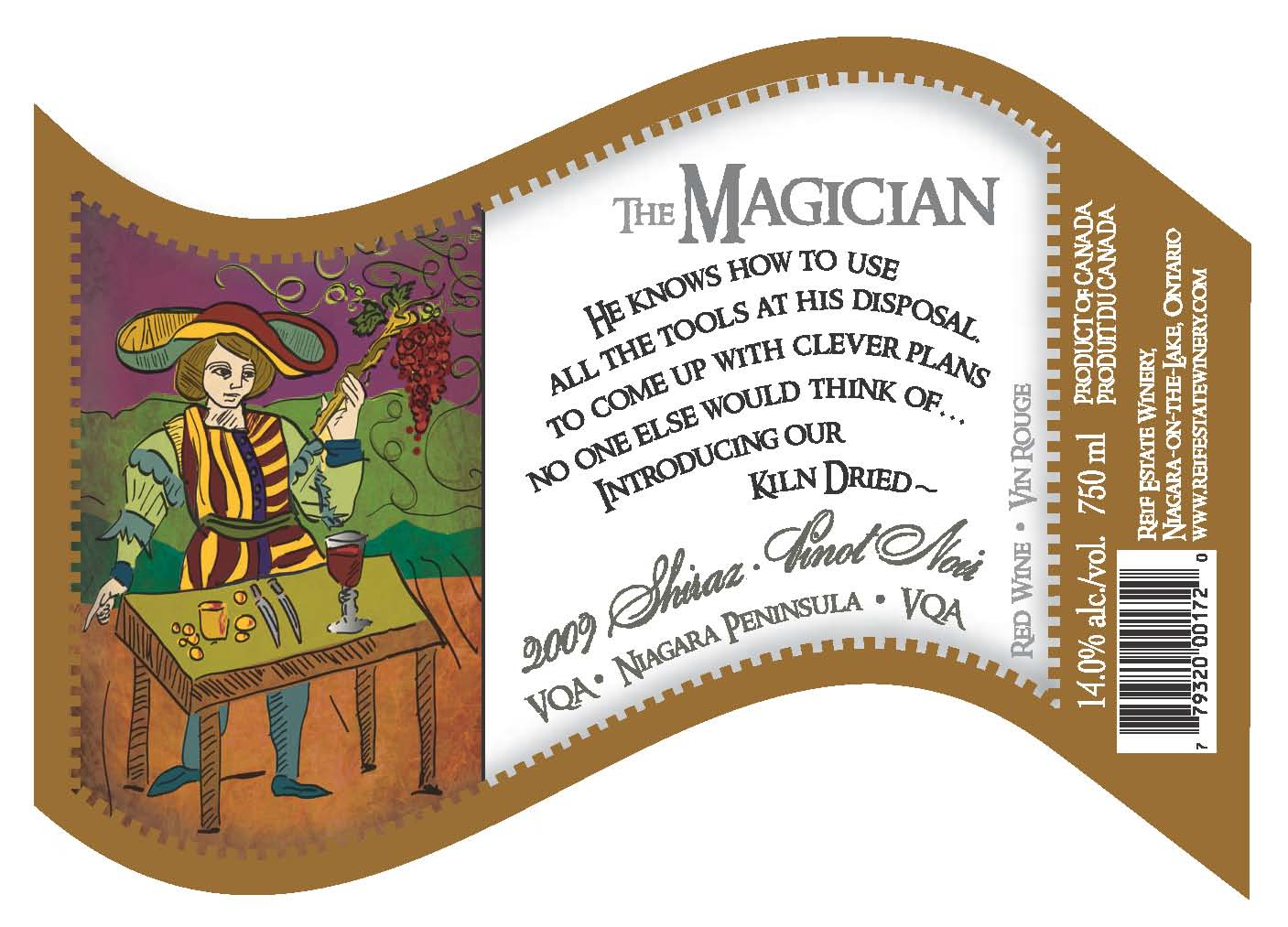by Malcolm Jolley
It’s a cliché of modern food writing to complain about the hard, watery and flavourless garnish that the industrially produced, traded and sold strawberry has become. Only the tomato can challenge the strawberry for worst out of season flavour. So, when real, honest-to-goodness strawberries arrive in the markets and shops in June, we ink-stained, crumb-chinned foodie hacks take notice. The best strawberries are the “wild” ones, which can be found in the woods of cottage country or the mown meadow fields of old Ontario farms. Tiny and warm from the sun, they offer a quick burst of strawberry goodness. But nearly as good are proper old fashion field strawberries, which stain the fingers red. Cream, sugar, balsamic vinegar, black pepper: all of these work, one way or another, but in the first week or so of availability, what’s the point? Just eat them straight from a bowl and flick the tops into the bushes.
Some fun strawberry facts:
- The “straw” in strawberry is derivation of “stray”, referring to their tendency to randomly pop-up here and there;
- Strawberries are members of the rose family of plants;
- Strawberries are considered a “false fruit” because their seeds are on the outside;
- Strawberry varieties are indigenous to Europe and North America;
- On his first trip up the St. Lawrence in 1534, Jacques Cartier recorded “vast patches of strawberries along the river and in the woods”;
- One Native North American word for the fruit translates into “heart-seed berry”; and
- Strawberries and cream may be a more recent English taste than once thought, since Thomas Hyall wrote in 1593, that strawberries were “much eaten at all men’s tables in the summer with wine and sugar”.
Sources: Oxford Companion to Food, Davidson (2004), Food, Root (1980).
 Malcolm Jolley is a founding editor of Good Food Revolution and Executive Director of Good Food Media, the non-profit organization that publishes GFR. Follow him at twitter.com/malcolmjolley.
Malcolm Jolley is a founding editor of Good Food Revolution and Executive Director of Good Food Media, the non-profit organization that publishes GFR. Follow him at twitter.com/malcolmjolley.









Trackbacks/Pingbacks